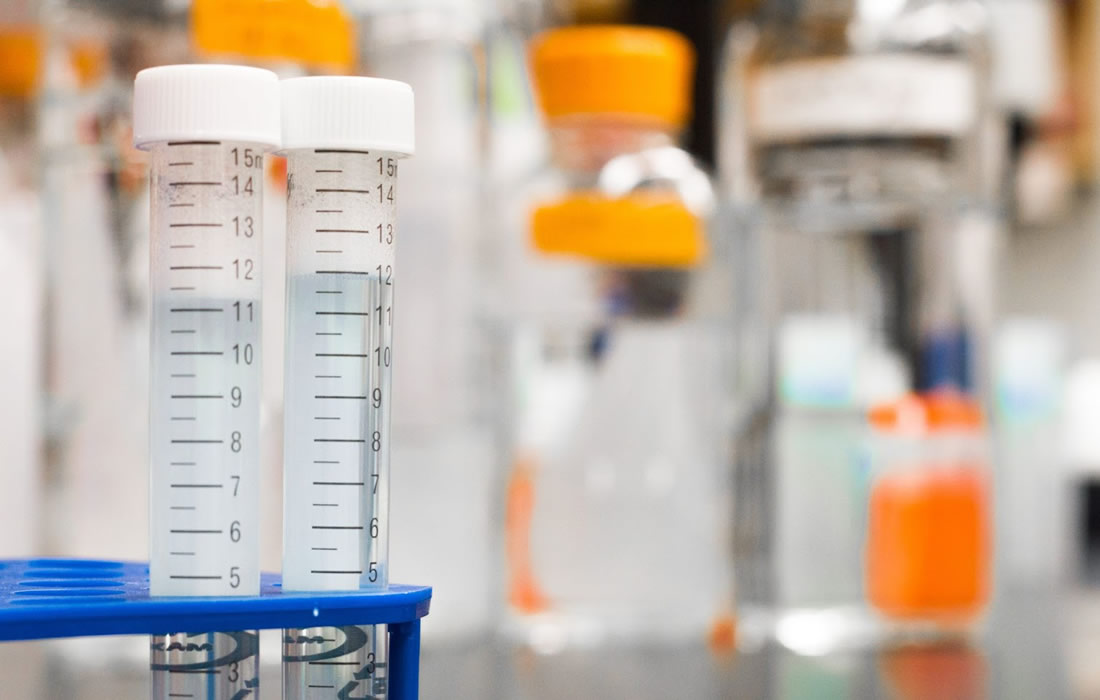Regenerative Medicine News and General Information
Insights into the Mechanisms of a Key Regulator Linked to Diseases Such as Cancer
Amino acids are the building blocks of life. We obtain them from the food we eat, and the body uses them to make proteins, which in turn are used for growth, development, and a multitude of other functions.
When amino acids are available, a master regulator protein called TORC1 is switched on, causing proteins to be manufactured and cells to grow.
If no amino acids are available, TORC1 is switched off, and cells start to recycle themselves in a process known as autophagy.
Until now, it was unclear exactly how amino acids triggered the TORC1 switch in yeast.
Now, in a study researchers from Osaka University have revealed how TORC1 is activated: detection of the amino acid cysteine.
“We investigated the relationships between amino acids and TORC1 activation in the yeast Saccharomyces cerevisiae,” says the study’s lead author Qingzhong Zeng.
“We found that cysteine is sensed by a protein called Pib2 and that the two bind together and activate TORC1. This stimulates the synthesis of proteins and lipids, promoting cell proliferation.”
What’s more, cysteine is not the only amino acid that triggers TORC1.
All 20 amino acids were found to differently affect TORC1 using two ‘pathways’: Pib2 and Gtr.
A pathway can be thought of as a specific chain reaction that leads to certain outcomes in a cell.
The team set out to elucidate how each amino acid uses these pathways to affect TORC1.
In humans, faulty TORC1 function has been linked to diseases like cancer, diabetes, and dementia. A fuller understanding of how TORC1 is switched on and off, and how each amino acid is detected, could help researchers find new treatments for these diseases — an exciting prospect indeed.
Sources:
Qingzhong Zeng, Yasuhiro Araki, Takeshi Noda. Pib2 is a cysteine sensor involved in TORC1 activation in Saccharomyces cerevisiae. Cell Reports, 2024; 43 (1): 113599 DOI: 10.1016/j.celrep.2023.113599
Osaka University. “The key mechanism to cell growth has been elucidated.” ScienceDaily. ScienceDaily, 21 December 2023. <www.sciencedaily.com/releases/2023/12/231221123113.htm>.
Materials provided by Osaka University. Note: Content may be edited for style and length.
Images from:
Photo by Martin Lopez
https://www.pexels.com/photo/two-test-tubes-954585/

